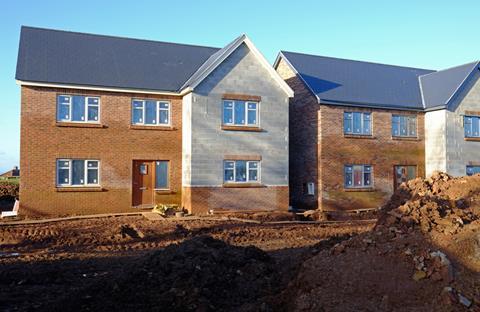Fanfare around 30-year record masks vital questions, says charity

Government figures showing the supply of homes at a near 30-year peak failed to address major concerns around housing affordability and quality, according to a major charity.
The Campaign to Protect Rural England (CPRE) acknowledged the latest figures, showing 241,130 “net additions” to England’s housing stock in the 12 months to March 2019, were good news for those looking to get on the housing ladder.
But it warned the headline numbers “masked the question of whether those homes are affordable to the people who need them, are of a standard that people would want to live in or will even be occupied on a permanent basis by anybody”.
Yesterday the Ministry of Housing, Communities and Local Government reported a 9% increase in the number of homes added to housing stock in England last year.
This included 213,660 new-build homes and just over 14,000 homes created through the government’s controversial permitted development rights model. More than 12,000 of these homes were created from former office buildings, 883 from ex-agricultural buildings and 199 from former storage premises.
Matt Thompson, the CPRE’s head of land use and planning, said the figures presented only one side of the story and ignored commitments that went beyond building 300,000 homes a year by the mid-2020s.
Such considerations included meeting the need for quality housing and a planning process that handed control back to local people, he said.
“Consideration must also be given to protecting the green belt and matching housing development with new infrastructure, reducing reliance on cars and addressing the climate emergency,” Thompson added.
The CPRE called on parties fighting the 12 December general election to commit to a “well-resourced planning system that empowers communities … directing development to suitable brownfield sites before considering further greenfield development, and giving back councils control by scrapping the housing delivery test”.











No comments yet